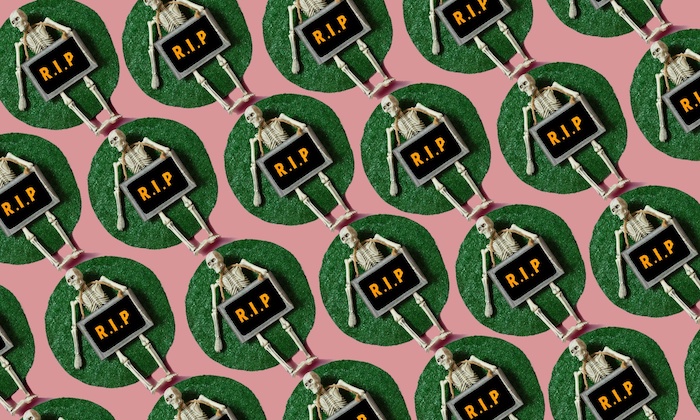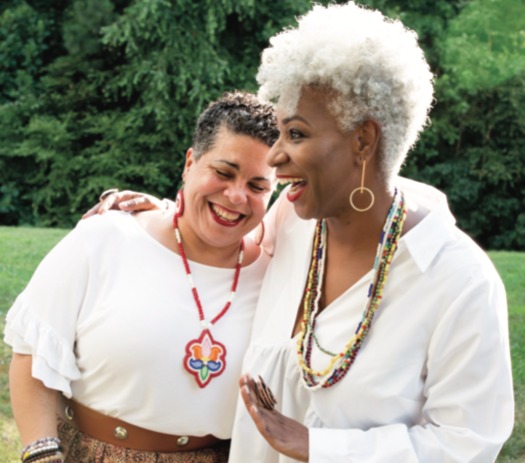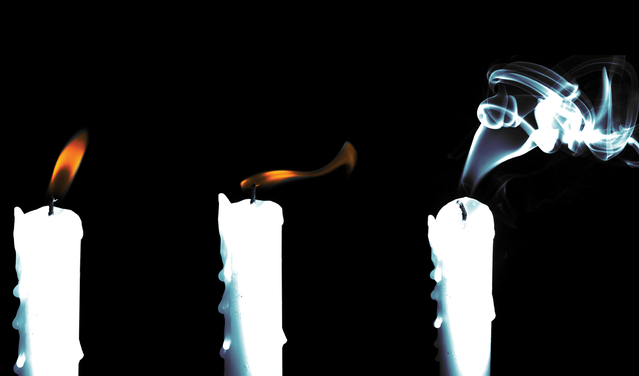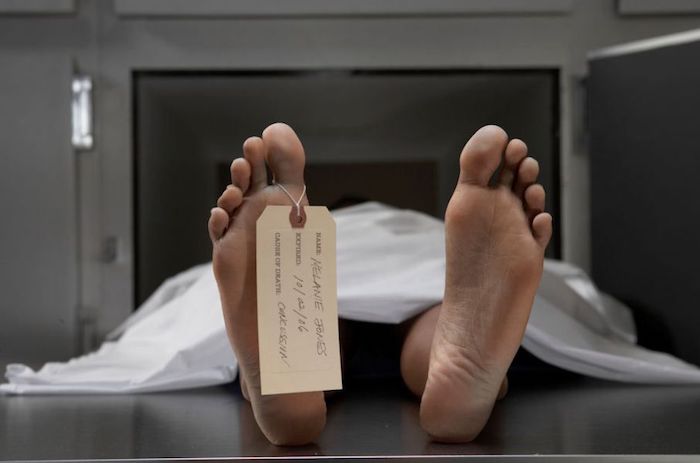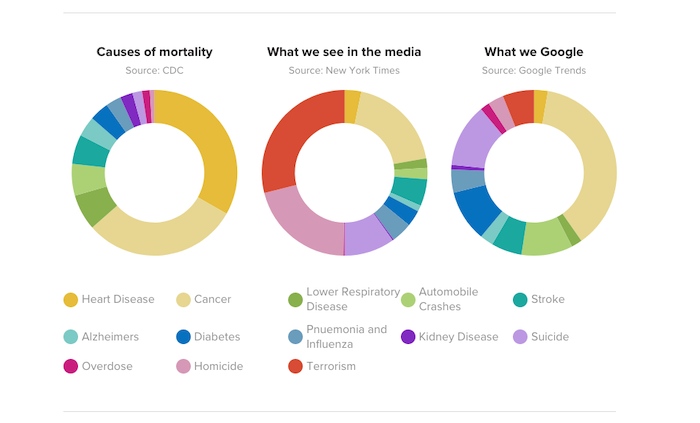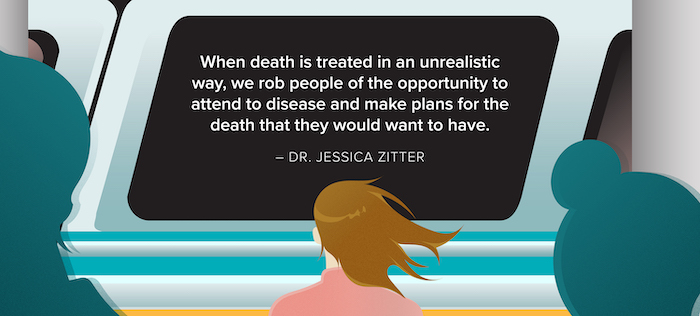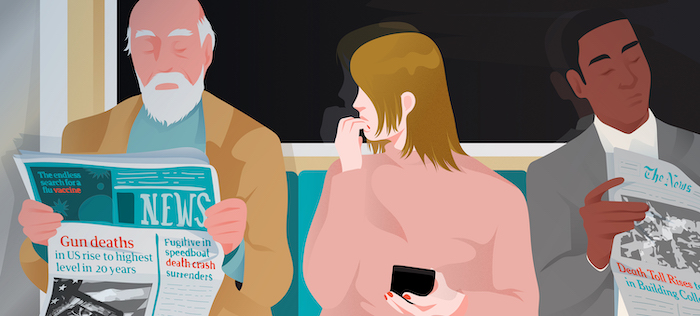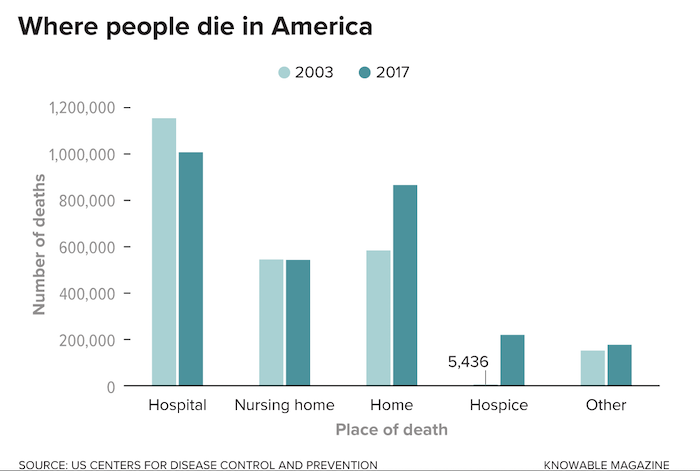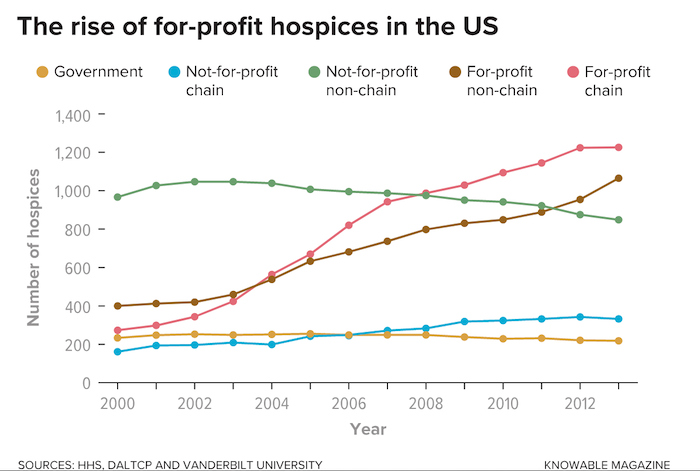Applying makeup on a dead person is not much different than on a living person, one funeral director says.
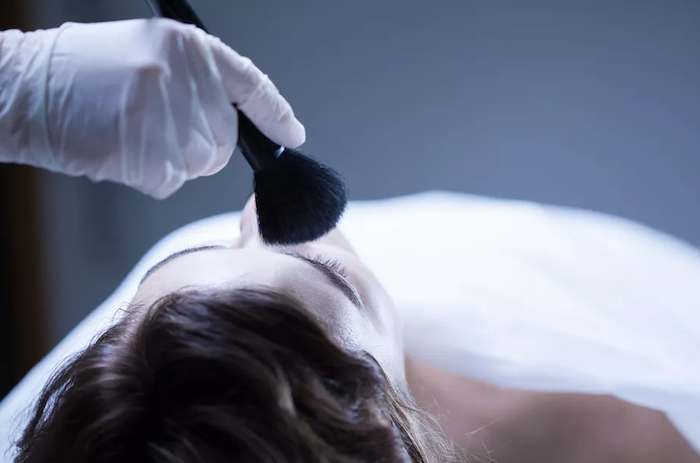
Evie Vargas had always been drawn to death. That sounds morbid, or possibly extremely goth, but her interest wasn’t in the afterlife nor the aesthetics. Vargas wanted to pursue a profession rooted in service, and entering the death care industry was a calling — an inexplicable calling that, once she began work, seemed like destiny.
Throughout high school, Vargas considered attending mortuary science school, but worried she wouldn’t be able to handle the sight of a dead body. Still, she knew that a two-year program could lead to an associate’s degree, an apprenticeship, and eventually a mortician job.
To gauge her nerves, Vargas decided to go to a place that would expose her to death firsthand: a funeral home in Illinois.
There, she shadowed an embalmer, who offered her a part-time job after their first session. “He said he saw something in me,” Vargas says, still amazed at how prescient the offer turned out to be. “I didn’t have a license to embalm so I did makeup, dress, and casket.” She’s worked there since graduating from mortuary school.
Even after eight years in the industry, makeup and hair is still a special part of her job, Vargas says. As a funeral director, she does “basically everything” — administrative work, service preparation, meeting with family members, embalming bodies. But she thinks mortuary makeup work is uniquely intimate and significant.
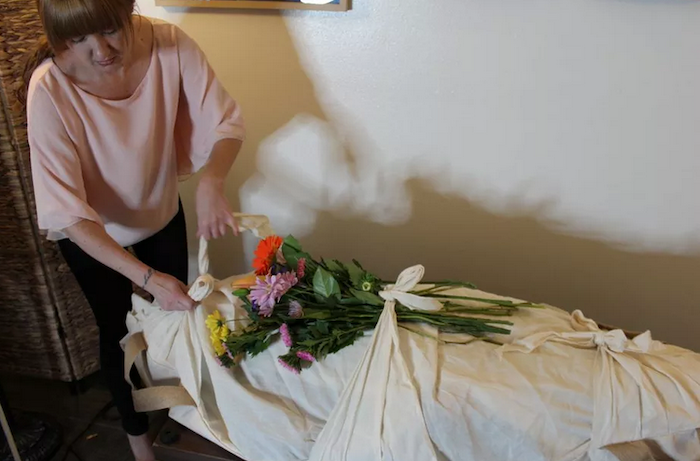
Makeup plays a starring role at many funeral services — the last time family members will physically see their loved ones before the casket is closed. These services are usually done by a certified embalmer, a person tasked with cleaning and preparing the body, who takes on the burden of replicating a person’s likeness and essence. Makeup artists — whether embalmers, funeral directors, or freelance workers — find meaning in this ritualistic work of dressing a body, mulling over the details of its presentation, and receiving input from the family. It can help loved ones grieve, artists say, in remembering a person at their best.
Embalming a body and applying eyeshadow seem to demand different skills, but the work contributes to the body’s final presentation. Embalming is typically the first step; fluids are injected into a body during the process to slow its decomposition for the funeral ceremony.
According to the Funeral Consumers Alliance, the process could give the body a more “life-like” appearance, although it isn’t always required. Amber Carvaly, a funeral director at Undertaking LA in California, doesn’t think embalming is necessary for most natural deaths, although it might firm up the skin more. She says that applying makeup on a body isn’t drastically different than working on a living person.
Carvaly has an array of products in her makeup kit — typically thicker theatrical makeup for discoloration or jaundiced bodies — but drugstore brands like Maybelline Cosmetics work fine. There are little techniques and tricks she’s picked up, for example, in applying lipstick on a dead person’s lips, which are much less firm.
She uses a pigmented gloss or mixes a dry lipstick to paint the color on. Vargas prefers using an airbrush kit for a more natural look, since it provides full coverage and is easier than applying foundation.
Carvaly doesn’t work with bodies as much as she likes to anymore, ever since cremation overtook burials as the preferred means of after-life care in 2015. While there is no proven correlation between price and popularity, cremation is cheaper than a burial. According to the National Funeral Directors Association (NFDA), the average burial and viewing costs $8,508, while the average cremation and viewing comes out to $6,260.
Post-death makeup is only a fraction of the cost for burials — an average of $250 per funeral, according to the NFDA — but the added costs aren’t worth it for some, Carvaly says. Many families struggle emotionally and logistically in the aftermath of a death, she adds. The logistics that go into the burial ceremony, especially dress and makeup, are often the last things on their minds.
A common complaint from families is that a body doesn’t look like their living relative. The embalmer might have parted their hair differently or used an unfamiliar lipstick color. Carvaly points out that family members can do makeup on their loved ones before the body is sent to a home. But if they’re uncomfortable with that, she encourages them to assist the embalmer with the makeup and presentation.
“Doing makeup with the family present is extremely rewarding,” she says, adding that family members’ input makes it much easier to capture the aesthetic essence of a person. It’s helpful for the families as well: “When you’re grieving, having a physical or artistic activity can help walk you through it.”
Years before Carvaly went to mortuary school in Los Angeles, she worked as a cosmetologist on film sets. She’s changed careers multiple times — from makeup to nonprofit work to the death care industry. Like Vargas, Carvaly is dedicated to the service aspect of her job, and she sees makeup as a physical manifestation of that service.
In her seven years of work, Carvaly’s found that most people are uncomfortable in the presence of a dead body, even in preparation for the burial. “I’m more than happy to do makeup for a family if this is something they don’t think they have the strength to do,” she says. “But I want them to know that they have options.”
On rare occasions, she brings along makeup or hair tools for families to touch up their loved ones at the service. She once worked on a woman with blonde, beehive-style hair that she struggled to recreate. At the funeral, Carvaly suggested that the woman’s daughters help her touch it up — a request they were initially shocked by.
“Allowing people to be a part of the funeral is important,” Carvaly says. “Keeping that veil of magic up prevents regular people from doing something very valuable.” Families shouldn’t hesitate to ask a funeral home if they can do their loved ones’ hair and makeup, which could reduce costs, she says.
Shifting social norms and new funeral practices, like eco-friendly burial options, have driven homes to find ways to increase profits — often at the expense of families, who are missing out on an opportunity to properly grieve, Carvaly explains.
“There is no law that prohibits people from coming into a home and requesting that they do makeup on the deceased,” she wrote in an e-mail. And while Carvaly feels that her job is a calling, the daily human interaction can be taxing. The most difficult part of being a funeral director, she says, is explaining why people have to pay for certain services that the home offers.
It’s what upsets people the most, but homes also have to pay for overhead expenses — the indirect costs of operating a business. Carvaly’s funeral home, Undertaking LA, opts to rent time and space from another crematory.
Carvaly’s funeral home co-founder, Caitlin Doughty, has found unprecedented success on YouTube under the account Ask A Mortician, a series where Doughty takes questions about her work and about death.
Demystifying death is a big part of Undertaking LA’s mission — to put the dying person and their family back in control of the dying process and the care of the body. It’s a liberal “death positive” approach, one that Carvaly likens to “breaking down the walls and windows” of a rigid centuries-old industry. Vargas feels similarly, and tries to destigmatize the death industry on her YouTube channel.
After a death occurs, families often immediately send the body to a funeral home and don’t interact with their loved ones until the ceremony. And sometimes, they’re taken aback by the body’s made up appearance. Reclaiming the makeup process can be a cathartic first step, as an unexpected outlet for grief, and eventually acceptance of the death itself.
Complete Article ↪HERE↩!

